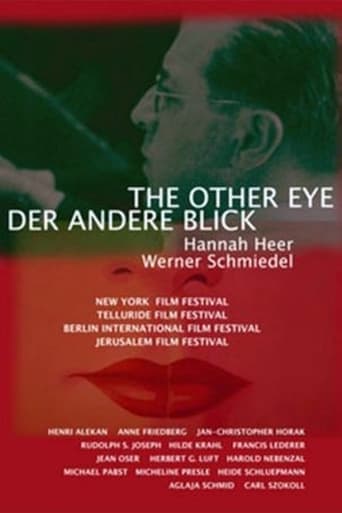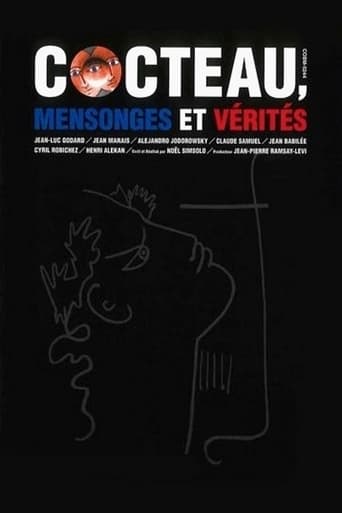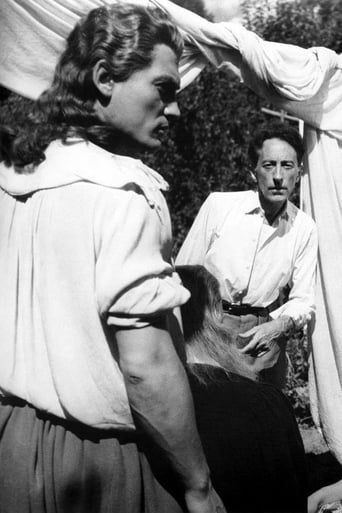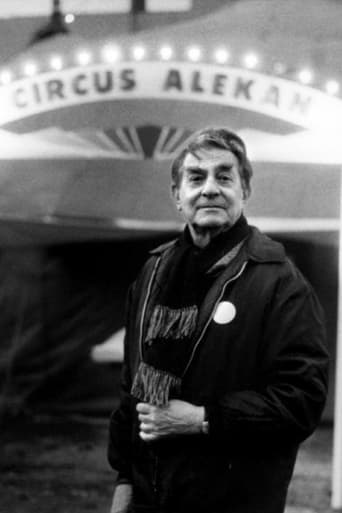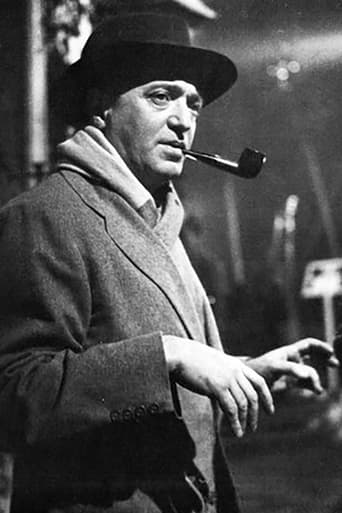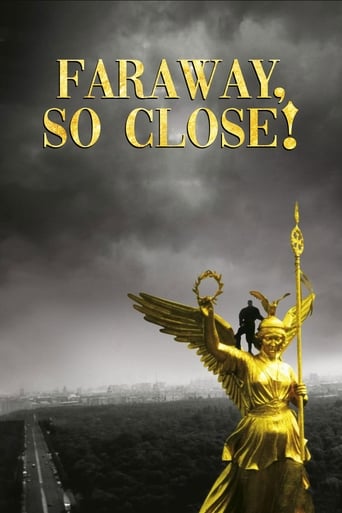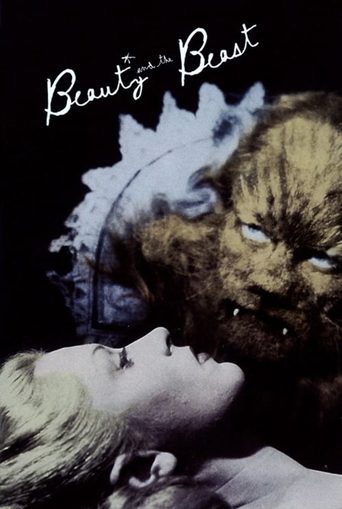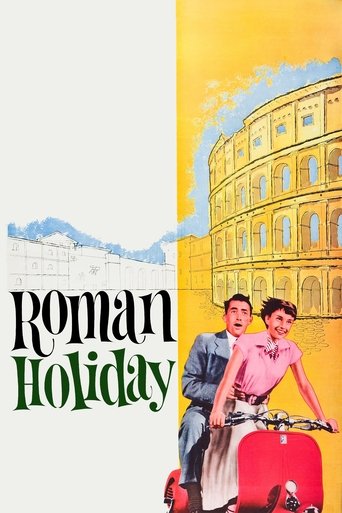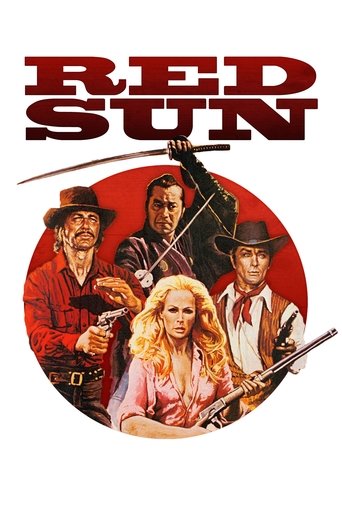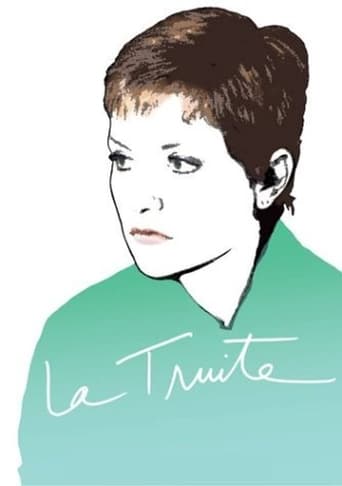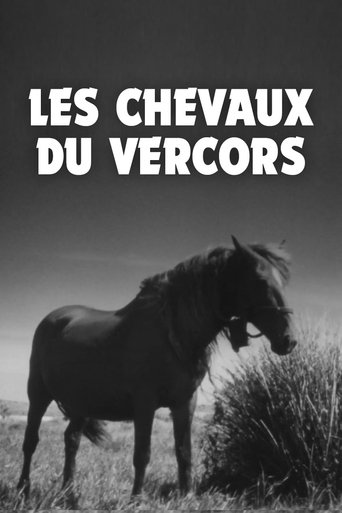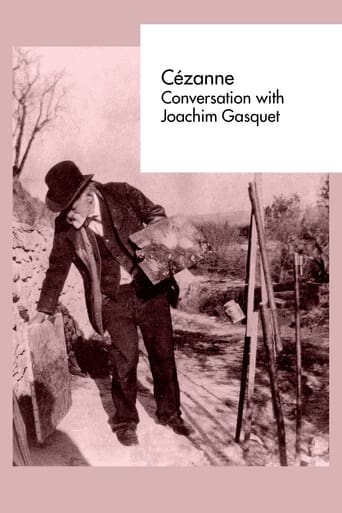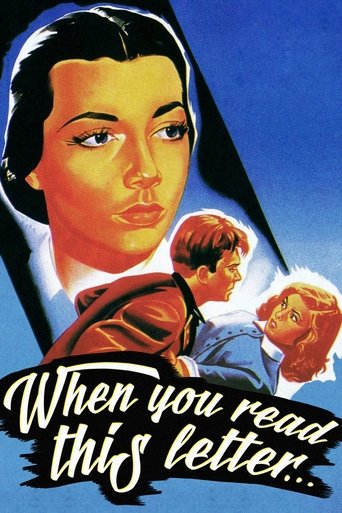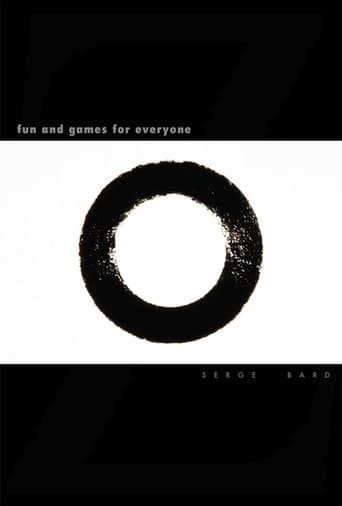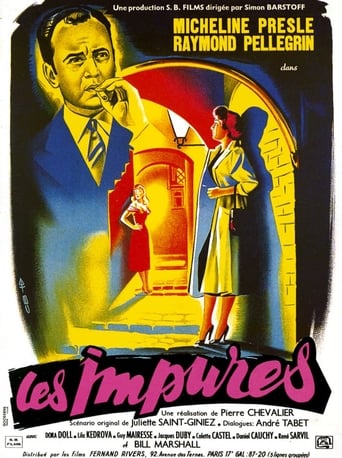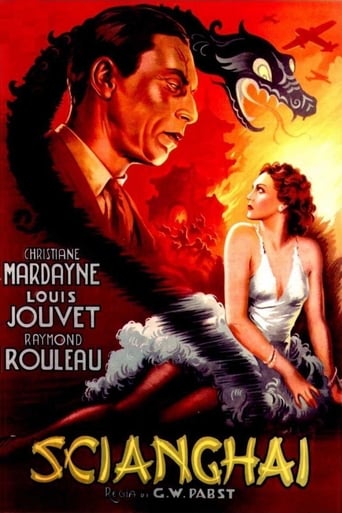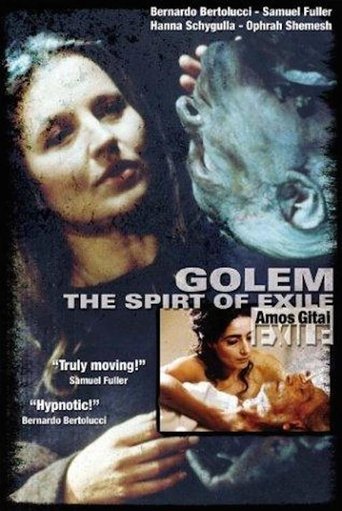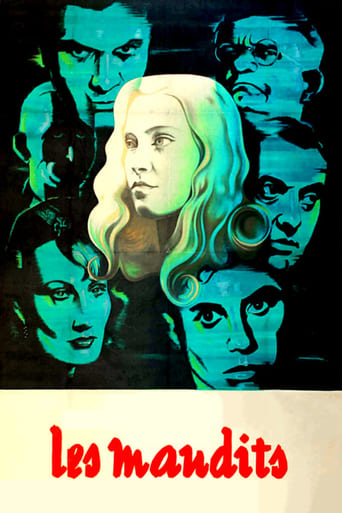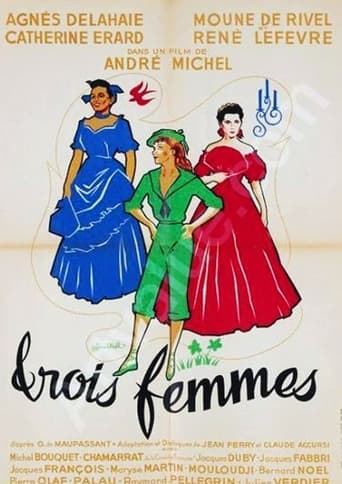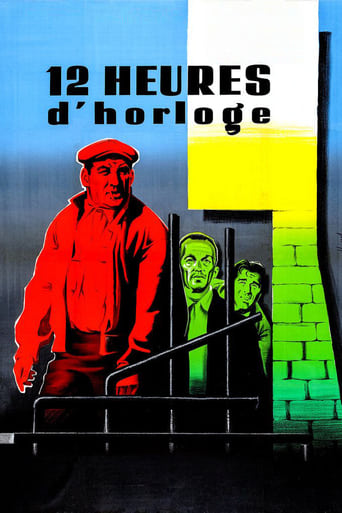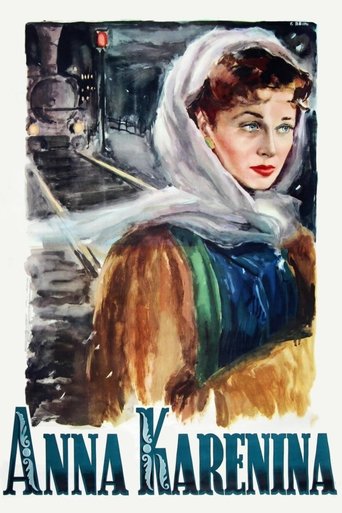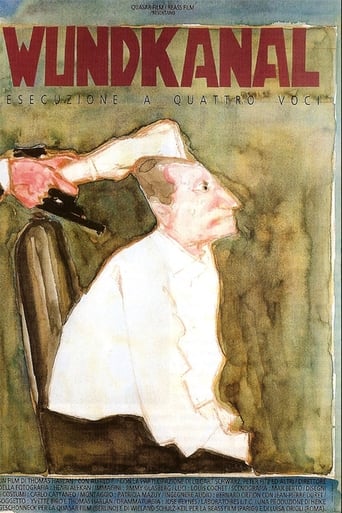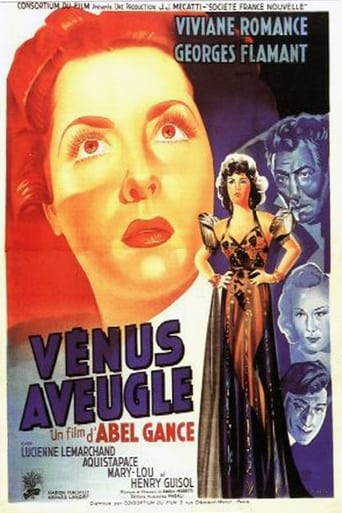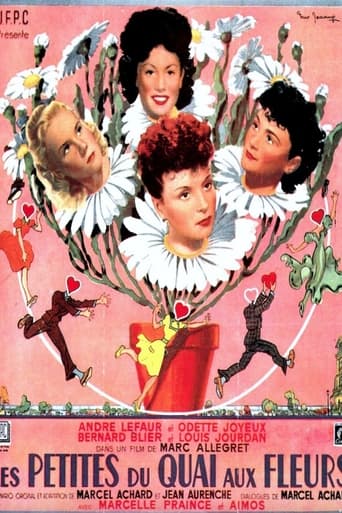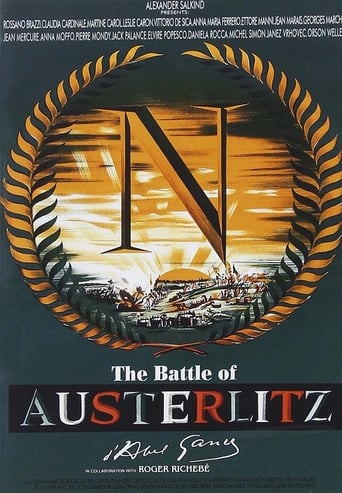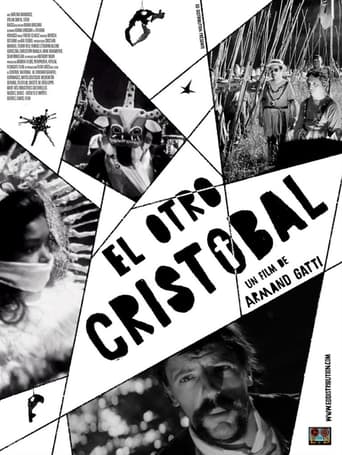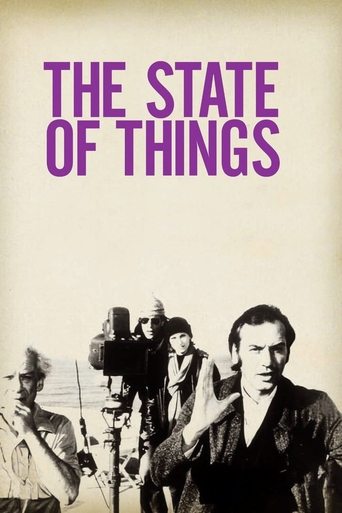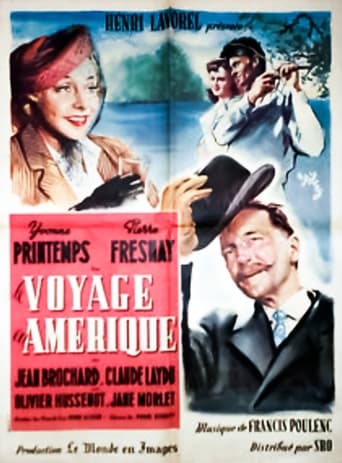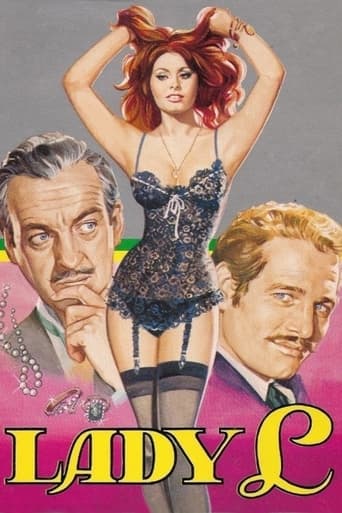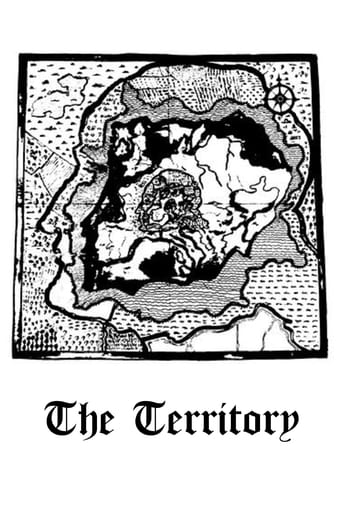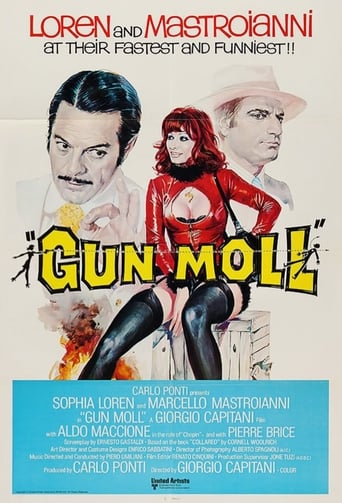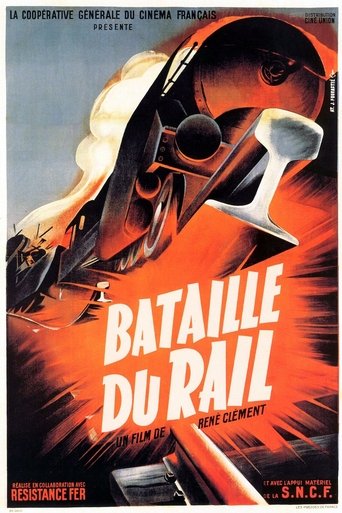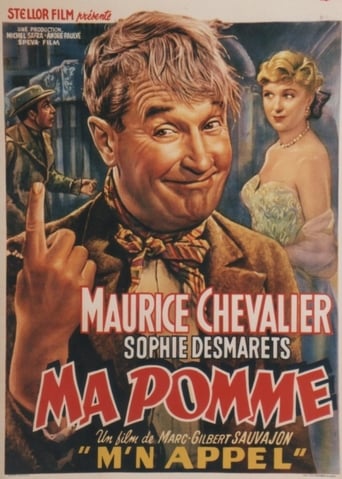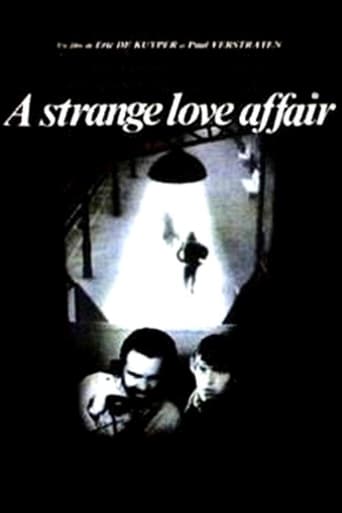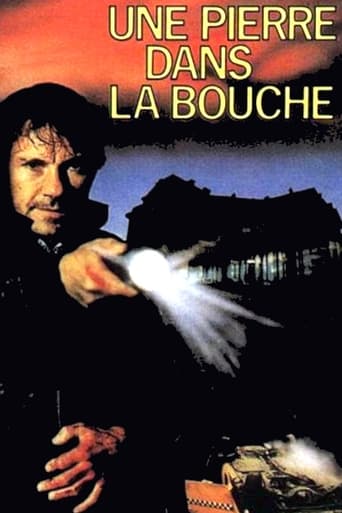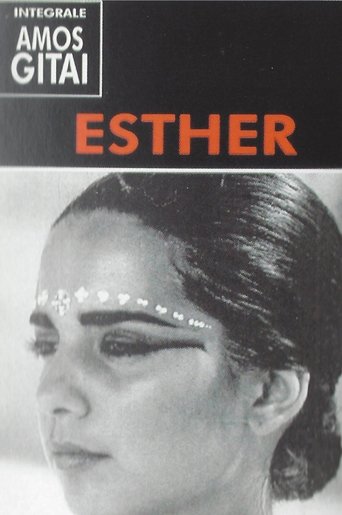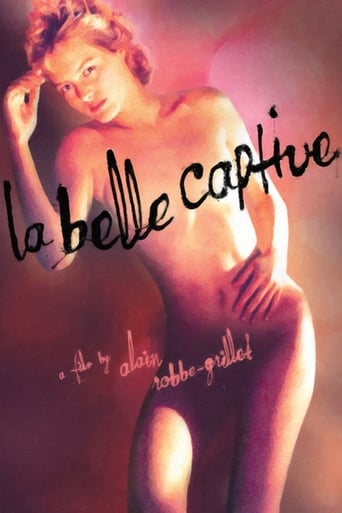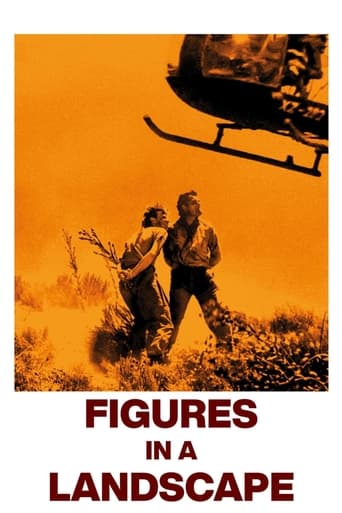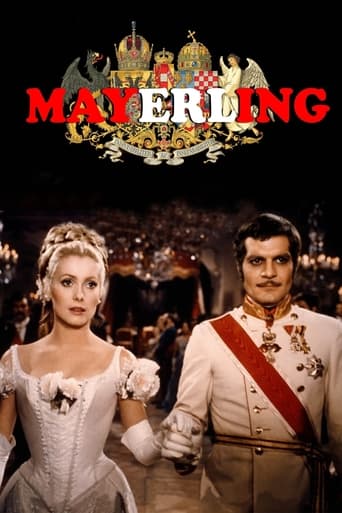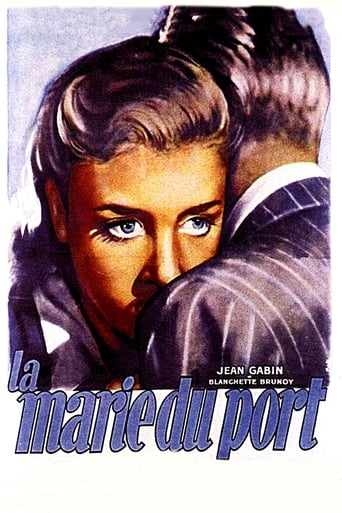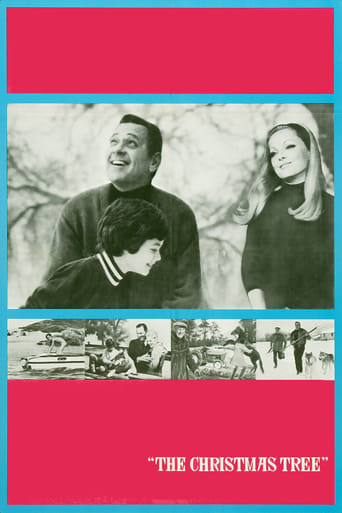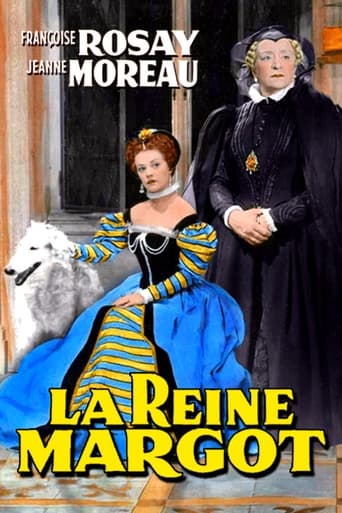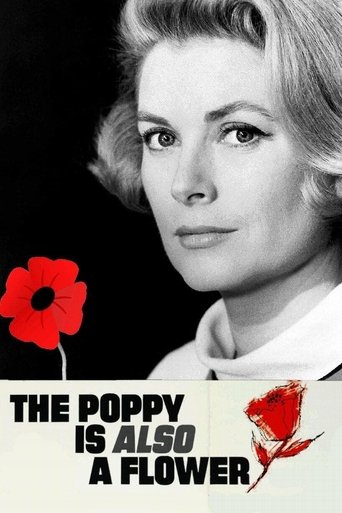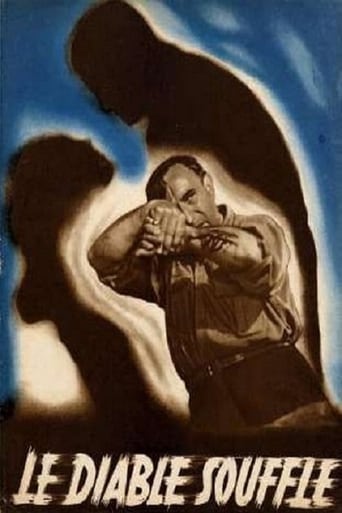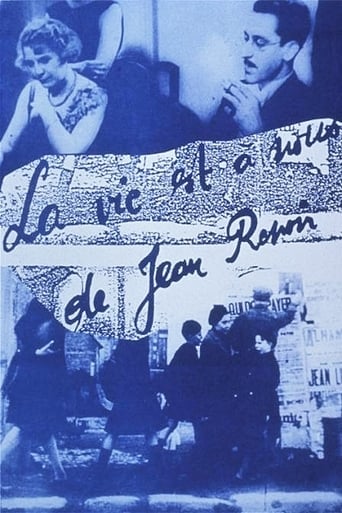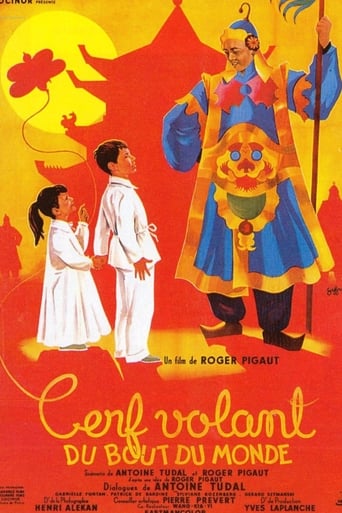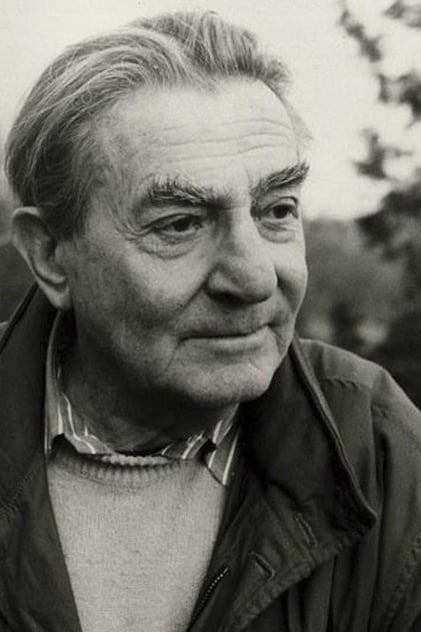
Henri Alekan
Henri Alekan (10 February 1909, Paris – 15 June 2001, Auxerre, Bourgogne) was a French cinematographer. Alekan was born in Montmartre in 1909. At the age of sixteen he and his brother became travelling puppeteers. A little later he started work as third assistant cameraman at the Billancourt Studios. He then spent a short time in the army, returning to Billancourt in 1931. In the late 1930s he was the camera operator to Eugene Shufftan on Marcel Carné's Quai des Brumes and Drôle de drame. He was greatly influenced by Schufftan's non-naturalistic style. His first success as a director of photography was René Clément's realistic war drama La Bataille du Rail of 1946. In the same year he worked on Jean Cocteau's fable La Belle et la Bête. He found himself out of sympathy with the French New Wave cinema which emerged in the late 1950s and Alekan shot some rather conventional films in Hollywood. A new generation of directors appreciated his visionary style, however, and he worked with Raúl Ruiz on The Territory and On Top of the Whale, with Joseph Losey on Figures in a Landscape and The Trout, and with Wim Wenders on The State Of Things and Wings of Desire. His last films were made with the Israeli director Amos Gitai. He wrote one of the best books about cinematography Des lumières et des ombres (1984, Éditions du Collectionneur). Alekan died from leukemia on 15 June 2001 in Auxerre, Bourgogne, aged 92. Source: Article "Henri Alekan" from Wikipedia in English, licensed under CC-BY-SA 3.0.
- Title: Henri Alekan
- Popularity: 1.168
- Known For: Camera
- Birthday: 1909-02-10
- Place of Birth: Paris, France
- Homepage:
- Also Known As: Henri Albert Alakan, H. Alekan, Henry Alekan, Henri Alékan



